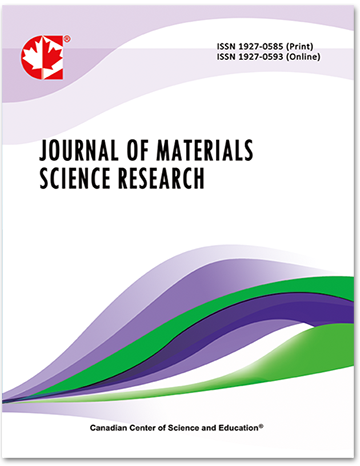Analysis of the Degradation in the Creep Strength of High-Cr Martensitic Steels
- Manabu TAMURA
- Fujio ABE
Abstract
To investigate the formation process of the Z-phase, which lowers the long-term rupture strength of high-Cr martensitic steel, the creep curves of Grades T91, T92, and P92 were analyzed along with the experimental steels of 9Cr-1W and 9Cr-4W by applying an exponential law to the temperature, stress, and time parameters. The activation energy (Q ), activation volume (V ), and Larson-Miller constant (C ) were obtained as functions of creep strain. At the beginning of creep, sub-grain boundary strengthening occurs due to dislocations that are swept out of the sub-grains, which is followed by strengthening due to the rearrangement of M23C6 and the precipitation of the Laves phase. After Q reaches a peak, heterogeneous recovery and subsequent heterogeneous deformation begin at an early stage of transient creep in the vicinity of several of the weakest boundaries due to coarsening of the precipitates. This activity triggers an unexpected degradation in strength due to the accelerated formation of the Z-phase. Stabilization of M23C6 and the Laves phase is important for mitigating the degradation of the long-term rupture strength of high-strength martensitic steel. The stabilization of the Laves phase is especially important for the Cr-Mo systems because Fe2Mo is easily coarsened at ~600 °C as compared to Fe2W. Lowering the hardness and Si content also prevents excess hardening due to the Laves phase, which also mitigates the degradation. The online monitoring of creep curves and the QVC analysis render it possible to detect signs of long-term degradation under targeted conditions within a relatively short period.- Full Text:
 PDF
PDF
- DOI:10.5539/jmsr.v10n2p1
Journal Metrics
Impact Factor 2022 (by WJCI): 0.583
Google-based Impact Factor (2021): 0.52
h-index (December 2021): 22
i10-index (December 2021): 74
h5-index (December 2021): N/A
h5-median (December 2021): N/A
Index
- CAS (American Chemical Society)
- CNKI Scholar
- Elektronische Zeitschriftenbibliothek (EZB)
- EuroPub Database
- Excellence in Research for Australia (ERA)
- Google Scholar
- Infotrieve
- JournalTOCs
- LOCKSS
- NewJour
- PKP Open Archives Harvester
- Qualis/CAPES
- SHERPA/RoMEO
- Standard Periodical Directory
- Universe Digital Library
- WJCI Report
- WorldCat
Contact
- John MartinEditorial Assistant
- jmsr@ccsenet.org
